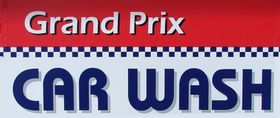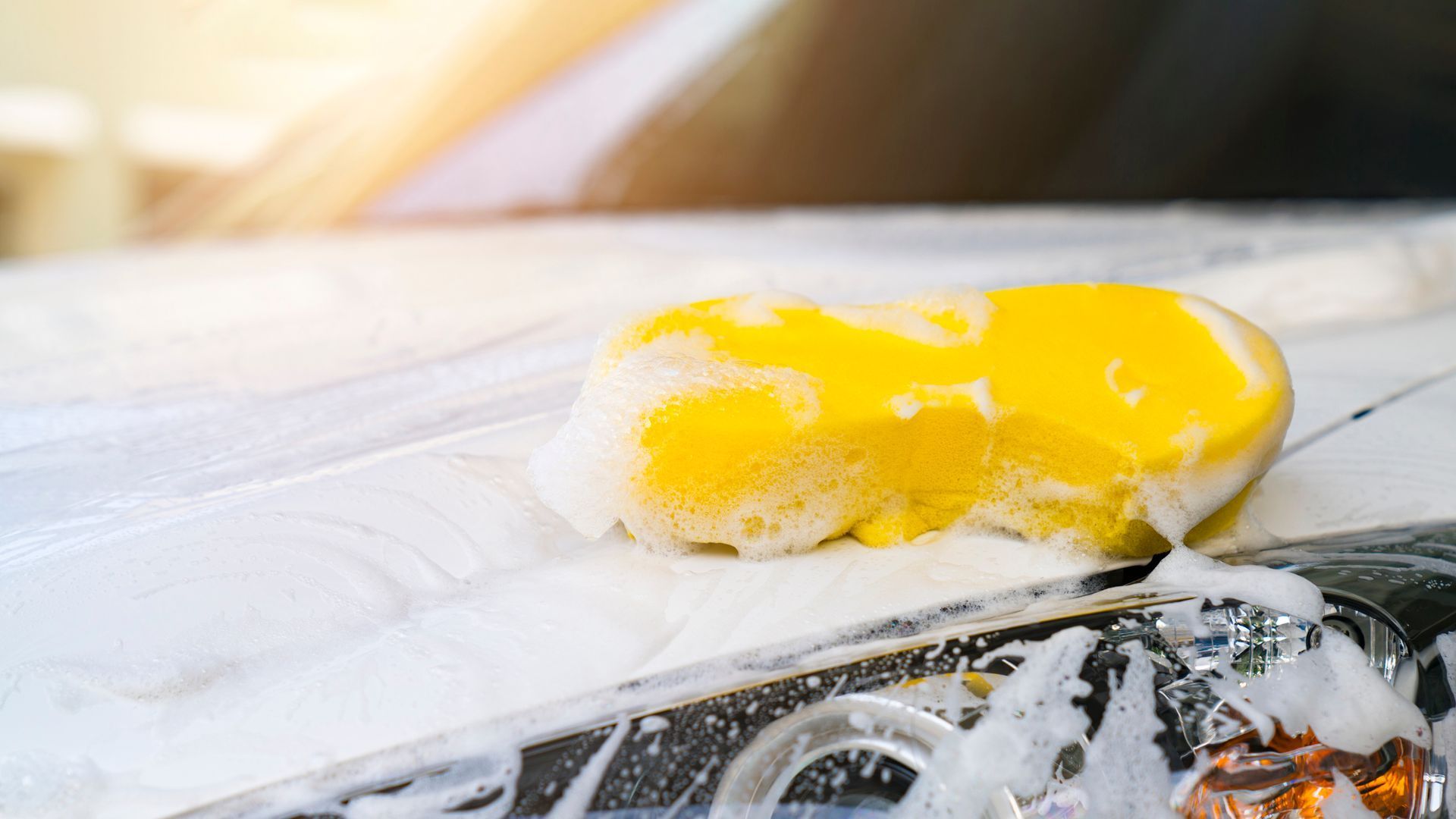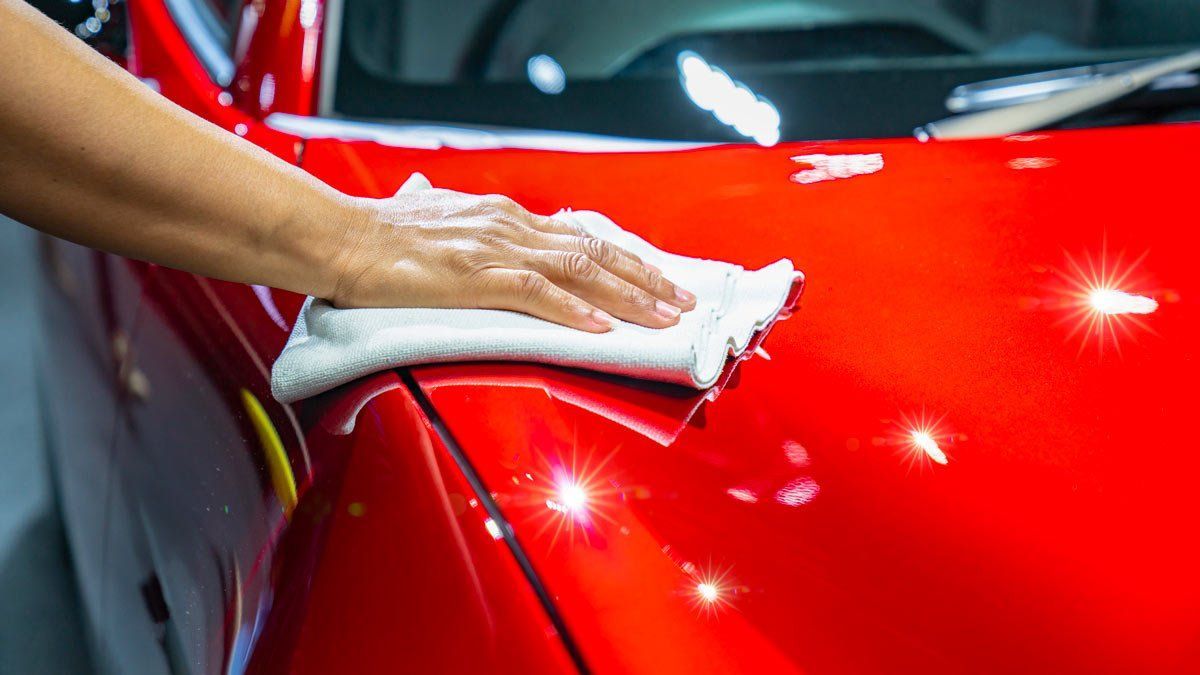Protecting Your Vehicle’s Paint: Understanding the Potential Hazards
28 July 2023

Taking care of your vehicle's paint is crucial to ensure its longevity and aesthetic appeal. Understanding the potential hazards and implementing preventive measures will help you maintain a pristine and vibrant exterior for your vehicle. Here are the various elements that can damage the paintwork.
Tree Sap
Tree sap is a sticky substance that trees produce, one that can fall onto your vehicle when you park beneath or near trees. If left unattended, the sap can harden and adhere to the paint surface, leading to a challenging removal process.
The sap can penetrate the clear coat and even etch into the paint, leaving behind unsightly marks. To prevent this, park away from trees or use a car cover for protection.
Brake Fluid Brake fluid, although essential for the proper functioning of your vehicle's braking system, can be detrimental to the paint. Brake fluid often contains corrosive chemicals that can damage the paintwork on contact. If spilled or leaked onto the vehicle's surface, it can cause the paint to bubble, peel, or discolor. Therefore, handle brake fluid with care and clean any spills immediately to prevent lasting damage to your car's paint.
Bird Droppings
Bird droppings are not only unsightly but can also harm your vehicle's paint. The acidic nature of bird droppings can eat into the paint's protective layers, causing discoloration, etching, and corrosion. Promptly removing bird droppings with a gentle cleanser can prevent lasting damage.
Bugs
Bugs, particularly when driving at high speeds, can collide with your vehicle's front end and leave behind a sticky residue. In addition to being unattractive, bug splatters contain enzymes that can chemically react with the paint, leading to etching and staining. Promptly removing bug splatters with a bug remover can help preserve your paint's integrity.
Coffee and Soda Spills
The sugary substances in accidental spills of coffee and soda can attract dirt and grime, leading to a sticky residue that can damage the paint. Furthermore, the acidic components in these drinks can eat away at the paint's protective layers. Quickly rinsing the affected area with water can help mitigate potential damage.
Shoe Polish
The wax and dye present in shoe polish can stain the paint and make it challenging to remove. To prevent this, be cautious when applying shoe polish and avoid contact with your vehicle's exterior.
Dirty Car Cleaning Materials
Using abrasive or dirty sponges, towels, or brushes when you clean your car can leave fine scratches or swirl marks on the paint's surface. These imperfections can dull the appearance of your vehicle and make it more susceptible to further damage. Use clean, soft microfiber cloths to avoid unnecessary scratches whine you wash your car at home.
Gasoline
Gasoline, although a necessary fuel for vehicles, can be detrimental to the paint if spilled or mishandled. Gasoline contains harsh chemicals that can dissolve the paint's protective layers, leading to fading, discoloration, or peeling. Exercise caution when refueling and promptly clean any spills to prevent damage to your car's paintwork.
Tar
Tar, commonly found on roads during construction or maintenance, can adhere to your vehicle's paint and become challenging to remove. The sticky nature of tar allows it to bond with the paint, leading to stubborn stains and potential paint damage during removal attempts. Regularly inspecting your vehicle for tar spots can effectively eliminate the tar without harming the paint.
Salt
Salt, often used for deicing roads during winter, can pose a significant threat to your vehicle's paint. Salt is highly corrosive and can accelerate the formation of rust on metal surfaces, including the body of your car. Applying a protective wax or sealant during the car washing process can provide an additional barrier against salt damage.
In California, vehicles encounter smog and air pollution every day, which can deposit dirt and grime on your car, resulting in a dull and dingy appearance. Grand Prix Car Wash provides excellent services to the daily Californian commuter, ensuring that your vehicle remains clean and pristine. Contact us now to get started.
Tree Sap
Tree sap is a sticky substance that trees produce, one that can fall onto your vehicle when you park beneath or near trees. If left unattended, the sap can harden and adhere to the paint surface, leading to a challenging removal process.
The sap can penetrate the clear coat and even etch into the paint, leaving behind unsightly marks. To prevent this, park away from trees or use a car cover for protection.
Brake Fluid Brake fluid, although essential for the proper functioning of your vehicle's braking system, can be detrimental to the paint. Brake fluid often contains corrosive chemicals that can damage the paintwork on contact. If spilled or leaked onto the vehicle's surface, it can cause the paint to bubble, peel, or discolor. Therefore, handle brake fluid with care and clean any spills immediately to prevent lasting damage to your car's paint.
Bird Droppings
Bird droppings are not only unsightly but can also harm your vehicle's paint. The acidic nature of bird droppings can eat into the paint's protective layers, causing discoloration, etching, and corrosion. Promptly removing bird droppings with a gentle cleanser can prevent lasting damage.
Bugs
Bugs, particularly when driving at high speeds, can collide with your vehicle's front end and leave behind a sticky residue. In addition to being unattractive, bug splatters contain enzymes that can chemically react with the paint, leading to etching and staining. Promptly removing bug splatters with a bug remover can help preserve your paint's integrity.
Coffee and Soda Spills
The sugary substances in accidental spills of coffee and soda can attract dirt and grime, leading to a sticky residue that can damage the paint. Furthermore, the acidic components in these drinks can eat away at the paint's protective layers. Quickly rinsing the affected area with water can help mitigate potential damage.
Shoe Polish
The wax and dye present in shoe polish can stain the paint and make it challenging to remove. To prevent this, be cautious when applying shoe polish and avoid contact with your vehicle's exterior.
Dirty Car Cleaning Materials
Using abrasive or dirty sponges, towels, or brushes when you clean your car can leave fine scratches or swirl marks on the paint's surface. These imperfections can dull the appearance of your vehicle and make it more susceptible to further damage. Use clean, soft microfiber cloths to avoid unnecessary scratches whine you wash your car at home.
Gasoline
Gasoline, although a necessary fuel for vehicles, can be detrimental to the paint if spilled or mishandled. Gasoline contains harsh chemicals that can dissolve the paint's protective layers, leading to fading, discoloration, or peeling. Exercise caution when refueling and promptly clean any spills to prevent damage to your car's paintwork.
Tar
Tar, commonly found on roads during construction or maintenance, can adhere to your vehicle's paint and become challenging to remove. The sticky nature of tar allows it to bond with the paint, leading to stubborn stains and potential paint damage during removal attempts. Regularly inspecting your vehicle for tar spots can effectively eliminate the tar without harming the paint.
Salt
Salt, often used for deicing roads during winter, can pose a significant threat to your vehicle's paint. Salt is highly corrosive and can accelerate the formation of rust on metal surfaces, including the body of your car. Applying a protective wax or sealant during the car washing process can provide an additional barrier against salt damage.
In California, vehicles encounter smog and air pollution every day, which can deposit dirt and grime on your car, resulting in a dull and dingy appearance. Grand Prix Car Wash provides excellent services to the daily Californian commuter, ensuring that your vehicle remains clean and pristine. Contact us now to get started.
Professional hand waxing is one of the most effective ways of keeping your car looking new. Learn about the benefits of hand waxing your car.
A well-maintained car is about maintaining its value, ensuring its functionality, and, taking pride in your ride. Read this blog on car deep cleaning tips.
Car detailing is essential to maintain your vehicle's appearance and overall health. To better understand this process, learn about a few industry myths.
Detailing can be time-consuming and labor-intensive, but the benefits of auto detailing are well worth it. Discover the many advantages of auto detailing.
Protecting your car from cold is essential to keeping it running correctly and avoiding costly repairs. Learn how waxing your car can do this.
Any car, new or used, needs care and protection from the sun's rays. Learn how to best defend your car’s exterior from UV radiation.
While you save money in the short term by cleaning your car yourself, professional cleaning helps preserve your car in the long run. Learn more here.
How do you find a professional auto detailer to deliver exemplary results? Learn five key tips when choosing an auto detailing service.


